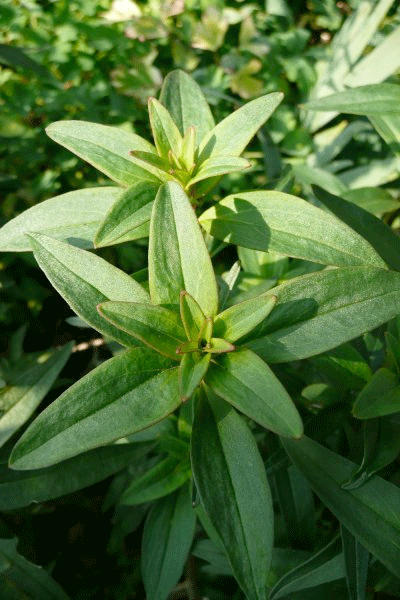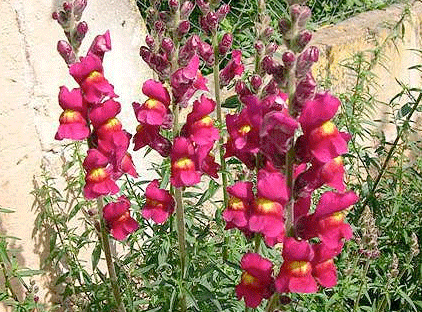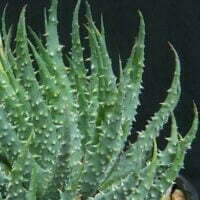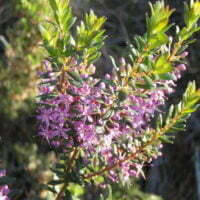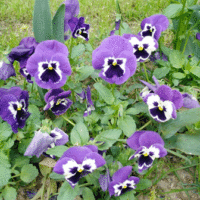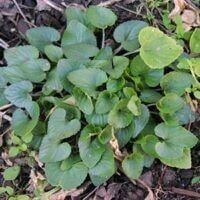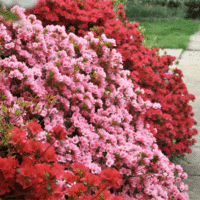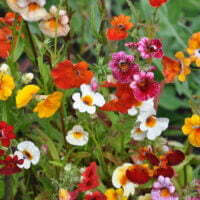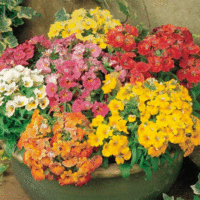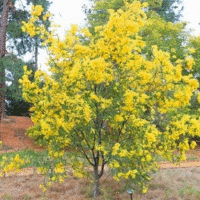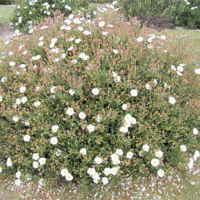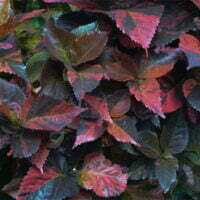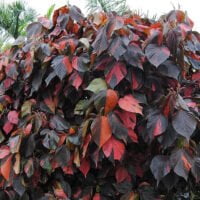| Botanical name | Antirrhinum species |
|---|---|
| Plant Care |  Full Sun Full Sun – Prefers 6 or more hours of sun per day.  Moderate Watering Moderate Watering – Requires Regular Watering.  Non Indigenous Non Indigenous – Exotic to South Africa. |
| Categories | |
| Flowers | Snapdragons are grown for their spikes of tubular two-lipped flowers. |
| Common name(s) | Snapdragons, Dragon flowers |
| Origin | |
| Foliage | The foliage of snapdragons are lance-shaped to ovate. |
| Uses in landscape design | Use in landscape designs as a bedding, in borders. Shrubby perennial species looks good in rock gardens or walls. |
| Uses | Uses:: Cullinary: Medicinal: Cultural: Commercial: Cosmetics: Other Uses: floral arrangements Part Used: Attracts: Features: |
| Recommended varieties | Antirrhinum majus Candelabra Series and Chimes Series, particularly 'Chimes Red', the mid height Sonnet Series, and the slightly taller, often double-flowered Liberty Series. Antirrhinum molle 'Avalanche' is a white-flowered cultivar with a small yellow patch on lower lip. |
| When to sow | Snapdragon seeds can be sown from late Summer to mid Autumn. |
Antirrhinum species (Snapdragons, Dragon flowers)
- Botanical name: Antirrhinum species
- Common name(s): Snapdragons, Dragon flowers
- Categories: Annuals, Shrubs and Perennials
Plant description:
Snapdragon seeds can be sown from late Summer to mid Autumn. Snapdragons are grown for their spikes of tubular two-lipped flowers. The foliage of snapdragons are lance-shaped to ovate. Use in landscape designs as a bedding, in borders or use them as cut flowers. Shrubby perennial species looks good in rock gardens or walls.
Family: Plantaginaceae
Botanical Pronunciation: an-tih-RYE-num
Antirrhinum species requirements and features
info on these icons
Moderate Maintenance
Requires moderate maintenance.
Prohibited Use Notice: No Data Scraping Allowed Except for Search Engine Indexing:
The content provided on PlantInfo.co.za is intended for personal, non-commercial use only. Unauthorized extraction, reproduction, or use of the data, including scraping, for any purpose other than search engine indexing is strictly prohibited. Violations of these terms may result in legal action. By accessing and using this website, you agree to comply with these conditions and acknowledge the legal restrictions on the use of our content.
Snapdragons are grown for their spikes of tubular two-lipped flowers. 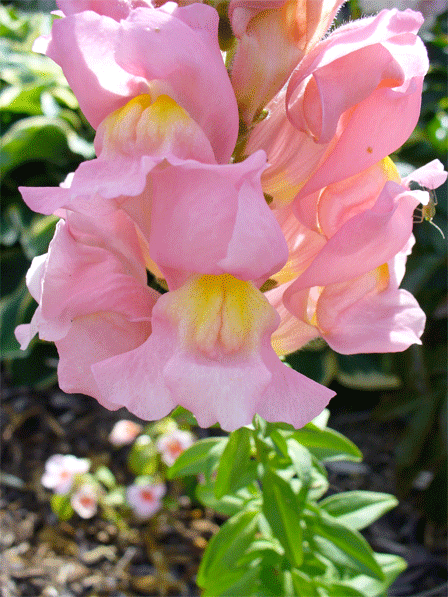
The foliage of snapdragons are lance-shaped to ovate.
